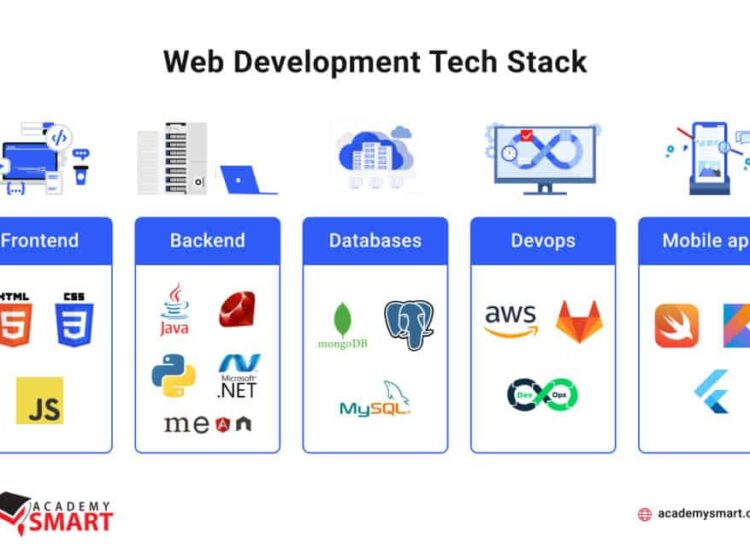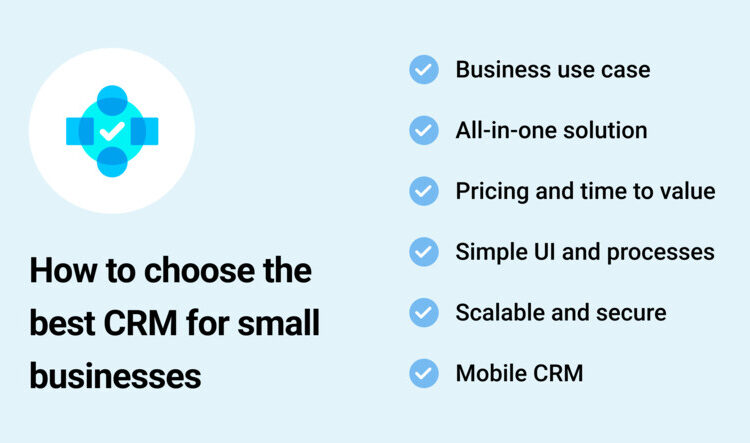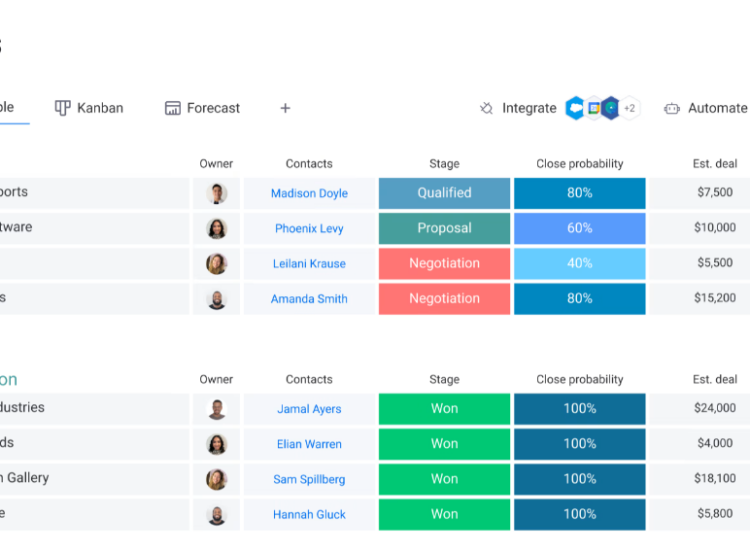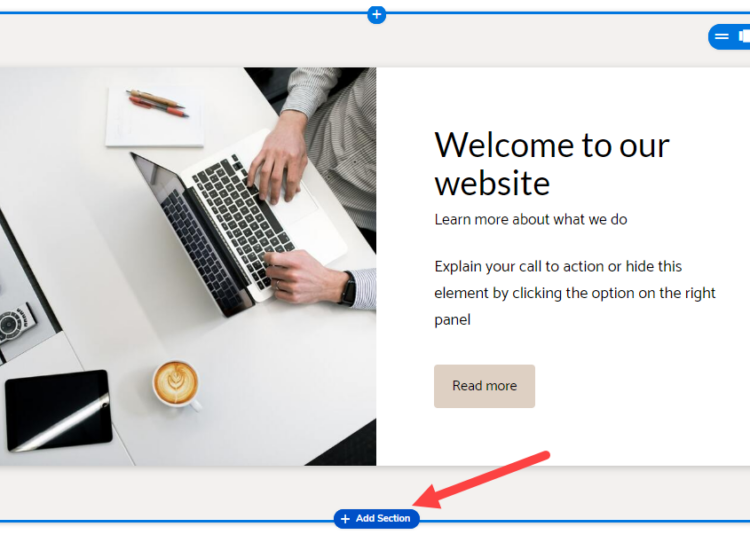Many students believe that robust server access requires a significant financial investment. However, several providers offer virtual private server free tiers or trials that can provide valuable learning opportunities. While these options often come with limitations, they can be excellent tools for students and hobbyists looking to enhance their technical skills without the burden of costs. This guide will explore the landscape of virtual private server free options, discussing the benefits, limitations, and best practices to help students navigate their choices effectively.
Toc
- 1. Understanding Free VPS Hosting Options
- 2. Top Free and Low-Cost VPS Options for Students
- 3. Setting Up and Securing Your Free VPS
- 4. Essential Security Considerations for Free VPS
- 5. Troubleshooting and Community Support
- 6. Planning for Future Growth
- 7. Conclusion
- 8. Related articles 02:
- 9. Related articles 01:
Understanding Free VPS Hosting Options

When searching for a virtual private server free option, it’s crucial to understand the various models available. These can include free trials, freemium services, and community-supported plans. Each model has its advantages and limitations, which are important to consider before making a choice.
Different Models of Free VPS Offerings
- Free Trials: Many hosting providers offer virtual private server free trial periods that allow users to test their services. However, these trials often come with restrictions on resource usage and a limited duration. Students can take advantage of these trials to explore different hosting environments and tools.
- Freemium Models: Some VPS providers provide a basic free tier with the option to upgrade to paid plans for additional resources and features. This model can be beneficial for students looking to start small and scale up later, as it allows them to experiment without immediate financial commitment.
- Community-Based Options: Certain free VPS hosting services require users to engage in community activities, such as forum participation, to maintain their account. This can be an excellent way for students to learn while connecting with others in the field, fostering a collaborative learning environment.
Common Limitations of Free VPS Plans
While the idea of a virtual private server free sounds appealing, students should be aware of the common limitations associated with these plans:
- Resource Caps: Most free VPS options come with restrictions on RAM, CPU, storage, and bandwidth. For example, a 256MB RAM limit severely restricts database operations, making it unsuitable for anything beyond the simplest web applications. Conversely, a 2GB RAM allocation might suffice for a small e-commerce site with a modest database, but larger projects with high traffic could quickly exceed this limit. Consider projects like a simple static website (low RAM needed), a small blog (moderate RAM), or a web application with a database (high RAM).
- Potential Downtime: Free VPS services may not guarantee high uptime rates compared to paid options. Researching user reviews and experiences can provide insight into the reliability of various providers. Understanding that free plans might be less stable is essential for critical projects.
- Terms of Service: It is crucial to read the terms of service and understand the usage policies. Some providers may have strict guidelines that could impact how you use the VPS. This understanding can prevent potential issues down the line.
Key Points to Consider
- Free trials vs. freemium models
- Resource caps (RAM, CPU, storage, bandwidth)
- Service level agreements (SLAs) and uptime guarantees
- Acceptable use policies
Top Free and Low-Cost VPS Options for Students
Several providers offer virtual private server free options, including free trials or very low-cost plans suitable for students. Here, we evaluate some of the best options available:
1. Oracle Cloud Free Tier
Oracle Cloud’s generous free tier throws open the doors to server management, offering a powerful entry point for students. Users can access two virtual machines, each equipped with 1 vCPU and 1 GB of RAM.
- Pros: Generous bandwidth of 10 TB, extensive documentation, and support for both Linux and Windows operating systems.
- Cons: The setup process can be slightly complex for beginners, and resource allocation is limited.
- Suitable Projects: Ideal for developing lightweight applications or experimenting with server management.
2. InstaFree
InstaFree stands out due to its no-credit-card-required policy, making it accessible for students without financial commitments. It offers a basic VPS environment suitable for small projects.
- Pros: Simple setup, no payment information needed, and an easy management interface.
- Cons: Limited resources with only 256 MB of RAM, which is suitable only for small applications.
- Suitable Projects: Perfect for students looking to host hobby projects or experiment with basic web development.
3. VPSWALA
VPSWALA provides a more generous virtual private server free plan, particularly aimed at students and developers. It includes 2 vCPU cores, 2 GB of RAM, and 30 GB of SSD storage.
- Pros: Reliable performance, no credit card required, and good support for various Linux distributions.
- Cons: Support quality can vary, and users may need to troubleshoot independently.
- Suitable Projects: Suitable for hosting personal websites or learning server administration.
4. Alavps
Alavps emphasizes security and uptime, making it a solid choice for students needing a stable hosting environment. Their free VPS plan includes 1 GB of RAM and 25 GB of SSD storage.
- Pros: Strong security features, 100% uptime guarantee, and automatic nightly backups.
- Cons: Limited resources may restrict larger projects, and support is primarily community-based.
- Suitable Projects: Ideal for developers needing a secure environment for applications.
5. FreeVPSHosti
FreeVPSHosti offers a reliable virtual private server free option with moderate resources, including 512 MB of RAM and 10 GB of SSD storage, suitable for testing and educational purposes.
- Pros: Easy setup process and a user-friendly control panel for managing server settings.
- Cons: Basic support is available only through community forums.
- Suitable Projects: Best for small web applications, testing environments, or lightweight projects.
Setting Up and Securing Your Free VPS

Once you have chosen a virtual private server free provider, it’s time to set up your server. Here’s a step-by-step guide to help you get started, with a focus on security best practices.
Step 1: Choosing the Right Provider
Start by evaluating your project requirements, including resource needs, operating system preferences, and any budget constraints. Create a decision matrix to help you select the most suitable provider based on these criteria.
Step 2: Creating an Account
After identifying a provider, follow their account creation process. Most will require an email address and some basic information to get started. Be sure to check for any promotional offers that may benefit you.
Step 3: Setting Up Your Server
Upon account creation, you will need to set up your server. This typically involves selecting your operating system, configuring network settings, and installing necessary software. Familiarize yourself with the management interface, as it varies between providers.
Step 4: Implementing Security Best Practices
To protect your server, follow essential security measures:
- Use Strong Passwords: Always opt for complex passwords to enhance security. A good password policy includes at least 12 characters, a mix of letters, numbers, and symbols.
- Enable SSH Keys : This adds an extra layer of protection when accessing your server remotely. You can generate SSH keys using tools like
ssh-keygen, and then copy the public key to the server’s authorized_keys file for secure access. - Regularly Update Software: Keeping your software updated helps mitigate vulnerabilities. Set reminders for regular checks or automate updates where possible.
- Basic Server Hardening: Consider techniques such as disabling root login and setting up a firewall. Tools like UFW (Uncomplicated Firewall) can help manage your firewall settings effectively.
Key Points
- Choosing an operating system (Linux distributions recommended for beginners)
- Setting up SSH keys
- Installing a firewall
- Basic security updates and patching
- Enabling two-factor authentication (if available)
Essential Security Considerations for Free VPS
When using a virtual private server free option, security should always be a priority. Understanding common security threats and how to mitigate them is crucial for a smooth experience.
Common Security Threats
- Malware: Free VPS services can be vulnerable to malware attacks if not properly secured. Regular scans and updates can help mitigate this risk.
- DDoS Attacks: Some providers may lack sufficient DDoS protection, making your server susceptible to downtime. Consider researching the DDoS protection measures offered by your provider.
- Data Breaches: Inadequate security measures can lead to unauthorized access to your data. Always implement strong access controls and monitor user activity.
Mitigating Risks
To protect your server, consider implementing the following practices:
- Regular Software Updates: Ensure your operating system and applications are up to date. Regular updates can close vulnerabilities that hackers might exploit.
- Firewall Configuration: A properly configured firewall can prevent unauthorized access. Make use of security groups and rules to limit incoming and outgoing traffic.
- Malware Scanning: Use security software to regularly scan for potential threats. Some VPS providers offer integrated security solutions, so check your provider’s offerings.
- Avoid Suspicious Downloads: Be cautious about what software you install on your server, as malicious software can compromise security.
- Understand DDoS Protection: Familiarize yourself with the protection measures your provider offers. This can be critical in maintaining uptime during attacks.
Troubleshooting and Community Support
Even with the best intentions, issues may arise while using a virtual private server free option. Knowing where to find solutions can save you time and frustration.
Common Problems and Solutions
- Login Issues: Ensure your credentials are correct and consider resetting your password if necessary. Keep a secure record of your passwords.
- Performance Problems: Monitor resource usage to identify any potential bottlenecks. Tools like htop can help you visualize resource consumption.
- Software Installation Errors: Check provider documentation for guidance on specific software installations. Many providers have user forums where you can find solutions to common issues.
Utilizing Community Resources
Online communities, such as those found on Virtual Private Server Free Reddit, can be invaluable for troubleshooting. Engaging with others can enhance your learning experience and provide support for common challenges. Don’t hesitate to ask questions or share your experiences; many users are eager to help.
Key Points
- Common errors and their solutions
- Using provider documentation and support forums
- Seeking help from online communities
Planning for Future Growth
As your projects evolve, you may find that you need to upgrade from a virtual private server free plan to a paid option. Understanding when and how to make this transition is crucial for maintaining your work.
When to Upgrade
Indicators that it may be time to upgrade include:
- Exceeding Resource Limits: If you consistently hit resource caps, consider moving to a paid plan that can accommodate your needs.
- Slow Performance: Upgrading can provide the resources necessary for larger projects. Assess your performance metrics to determine if an upgrade is needed.
- Additional Support Needs: Paid plans often come with better support options, which can be critical for mission-critical applications.
Evaluating Paid VPS Options
When considering a transition to a paid VPS, evaluate your budget and the potential return on investment. Many providers offer competitive pricing plans that can fit within a student’s budget. Look for plans that provide a balance of performance, support, and price.
Data Migration Strategies
When transitioning from a free to a paid VPS, ensure you back up your data and test the new environment thoroughly before making the switch. This minimizes the risk of data loss and downtime.
Current Trends: Serverless Computing
In addition to traditional VPS hosting, serverless computing is on the rise as a viable alternative for students with small projects. Platforms like AWS Lambda and Google Cloud Functions allow for the execution of code without the need to manage servers, reducing operational overhead. This trend offers a cost-effective solution for many scenarios, especially for those experimenting with scalable applications.
Counterarguments: Free vs. Paid VPS
While free VPS options offer initial cost savings, the limitations might lead to unexpected expenses down the line if the project outgrows the free tier. Upgrading to a paid service may be necessary, resulting in migration costs and potential downtime. Therefore, it’s essential to assess the long-term viability of free hosting solutions against the benefits of investing in a paid service.
Conclusion
In conclusion, while truly free virtual private server options are limited, several reputable providers offer excellent free trials or low-cost plans that cater to students’ needs. By understanding the available options and considering the essential factors outlined in this guide, students can select the best VPS hosting solution to enhance their learning experience and technical skills. Whether it’s experimenting with new technologies or building a portfolio project, utilizing a virtual private server free of charge can be a valuable step in your educational journey. Remember to prioritize security and responsible usage as you explore these options, and don’t hesitate to engage with communities for support and guidance along the way.
2. https://tech.banktop.vn/mmoga-paas-in-cloud-computing-a-complete-guide-for-it-managers
4. https://tech.banktop.vn/mmoga-saas-software-as-a-service-a-comprehensive-guide-for-business-owners
5. https://tech.banktop.vn/mmoga-your-ultimate-guide-to-virtual-private-server-windows-for-smbs
1. https://tech.banktop.vn/mmoga-saas-software-as-a-service-a-comprehensive-guide-for-business-owners
3. https://tech.banktop.vn/mmoga-paas-in-cloud-computing-a-complete-guide-for-it-managers
5. https://tech.banktop.vn/mmoga-your-ultimate-guide-to-virtual-private-server-windows-for-smbs







